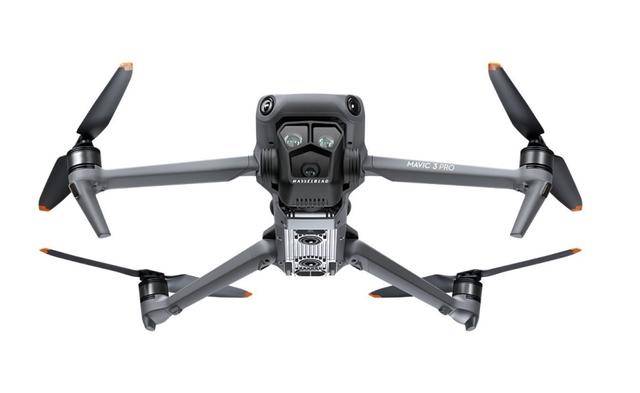FPV drones, or First Person View drones, have taken the technology and entertainment world by storm, offering enthusiasts a unique and immersive flying experience. These drones allow pilots to experience the thrill of flight firsthand, as if they were sitting in the cockpit of the drone itself.
Introduction to FPV Drones
FPV drones have revolutionized the way we experience aerial filming and racing. Unlike traditional drones, FPV models provide a live video feed, transmitting images directly to a headset, mobile device, or other viewing platforms. This comprehensive experience enables users to navigate through obstacles, race at high speeds, and capture stunning footage from vantage points previously unattainable.
Understanding FPV Technology
The core of FPV drone technology is in its video transmission system. A camera mounted on the drone sends real-time video images through a transmitter, allowing the pilot to view what the drone sees. This can be achieved through analog systems, known for lower latency, or digital systems that offer higher video quality. The choice between these options can significantly affect the drone’s performance and potential applications.
Components of FPV Drones
- Camera: The camera’s quality and field of view are crucial for a clear and immersive FPV experience.
- Transmitter: Sends the video signals to the receiver or headset.
- Receiver/Headset: Receives the video feed and displays it to the pilot, key for navigation and control.
- Control Link: Ensures control signals are sent to the drone for precise maneuverability.
FPV drones can be customized with different parts for racing or filming, allowing pilots to tailor their systems according to their needs.
FPV Drone Racing
Drone racing has emerged as a popular sport, with dedicated leagues and competitive events drawing large audiences. Pilots compete using high-speed FPV drones, navigating intricate courses filled with challenging obstacles and tight turns. This aspect of FPV drone usage is not only thrilling but also demanding, requiring skill, precision, and fast reflexes from participants.
Advanced Applications of FPV Drones
Beyond racing, FPV drones are increasingly used in various professional fields. Filmmakers utilize FPV technology to capture dynamic shots for commercials, films, and live events. Additionally, FPV drones offer potential in search and rescue operations, providing a live feed to locate individuals in inaccessible areas.
Safety and Regulations
As FPV drone use grows, understanding the regulations governing their flight is essential. Pilots must be aware of legal restrictions, such as altitude limits and designated no-fly zones, to ensure compliance and maintain safety.
Furthermore, responsible drone operation includes pre-flight checks and ensuring the drone is within line-of-sight when required by law.
FAQs
What is the range of FPV drones?
FPV drones typically have a range between a few hundred meters to several kilometers, depending on the strength of the transmission system.
Can I build my own FPV drone?
Yes, many hobbyists build their FPV drones from scratch, customizing parts according to their preferences for racing or filming.
Are FPV drones suitable for beginners?
While FPV drones offer complex flight experiences, beginners can start with simpler models that include assistance features like altitude hold and GPS stabilization.
The world of FPV drones is vibrant and full of potential. Whether you’re interested in drone racing, aerial photography, or innovative applications across various industries, FPV technology is democratizing how we interact with the skies, offering exciting opportunities for both personal enjoyment and professional advancement.